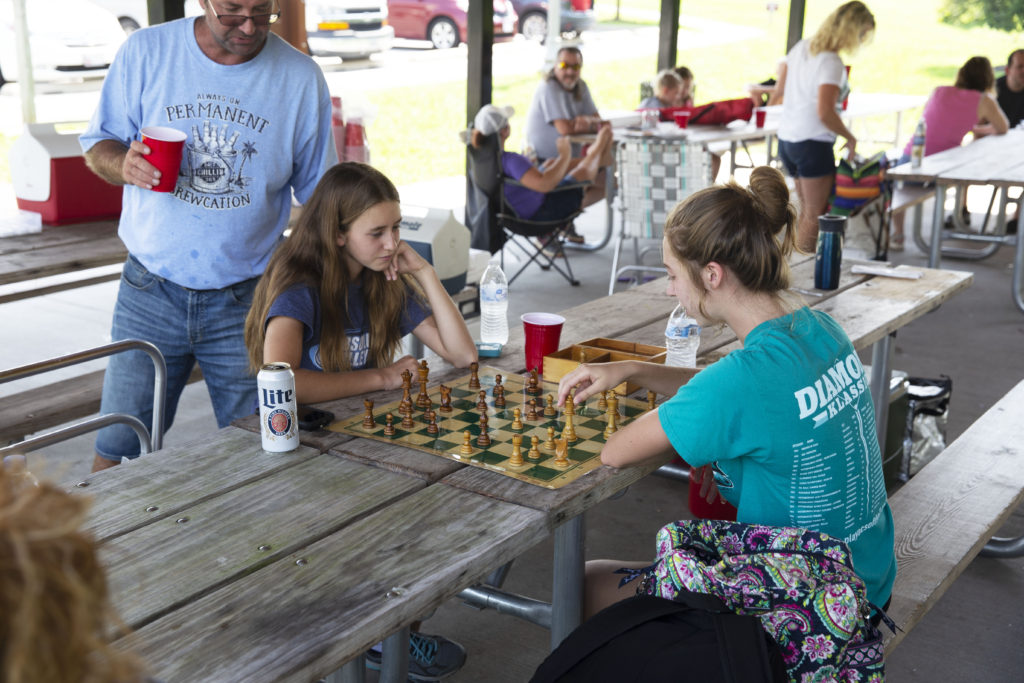Photo is of Linganore Winecellars in Mt. Airy, MD.
This is the third post in a year-long series chronicling the process from engagement to wedding. We will share tips, ideas, and real-world experiences that may help you through your own planning process.
The venue is one of the most important decisions you will make for your wedding day. It has the potential to dictate almost all the other high-value items, including the catering options, décor, guest list, music, and more. Your venue has to meet at the intersection of your desired wedding date, your budget, your general location, and your rough head count. Finding a venue you love can be tricky, but not impossible!
Start Early
If you’re planning a wedding for a popular season, you may want to start looking at venues early. Fall weddings are particularly popular right now, and you may want to start at least a year in advance to ensure you can get a date you like.
However, if you’re planning a wedding for an off-season time, such as the winter, you have a lot more leeway. Just keep in mind that if you are set on an outdoor wedding, but you want off-season prices, winter may not be the best option for you.
Popular venues may also book as much as a year or more in advance, especially for weekend weddings, with an emphasis on Fridays and Saturdays. If you have a couple of venues in mind or one that you really love, it’s wise to contact them early and find out how far out they book and how you sign up for a tour.
Tour the Venue
Absolutely tour the venue, if you’re able. You may love the look of the place online or in other peoples’ photos, but you won’t know for certain if you can see yourself being married there until you visit. You can get a sense of how the place feels to you, what you might want to do for decorations, and you can meet and ask questions of the staff in person.
You don’t need to make a huge event out of the tour, either. Your parents may want to come, especially if they’re helping to pay for the wedding. However, you can arrange to tour the venue first and decide if it’s even a place you would like to reserve. Then you can bring your parents, friends, or bridal party for a visit on a different day once you’ve decided whether you like the venue. Typically, a tour is just the couple and maybe a close friend or the wedding planner, brought along for questions or feedback.
Keep in Mind the Budget
Have in mind a budget before you begin. This helps with the feeling of being overwhelmed as well, because it will absolutely narrow down your options. For example, if you’re aiming to spend no more than $15,000 on your wedding, then a five-star hotel is likely not going to be an option.
If you haven’t started filling out a full wedding budget, that’s fine as well. You can still plan for venues even with a rough number or a range in mind. Consider what your top spending amount is and work backward from there. You may also want to do some research before you begin or ask your wedding planner for advice on what venues typically cost in your area to get a better idea of what you can afford.

